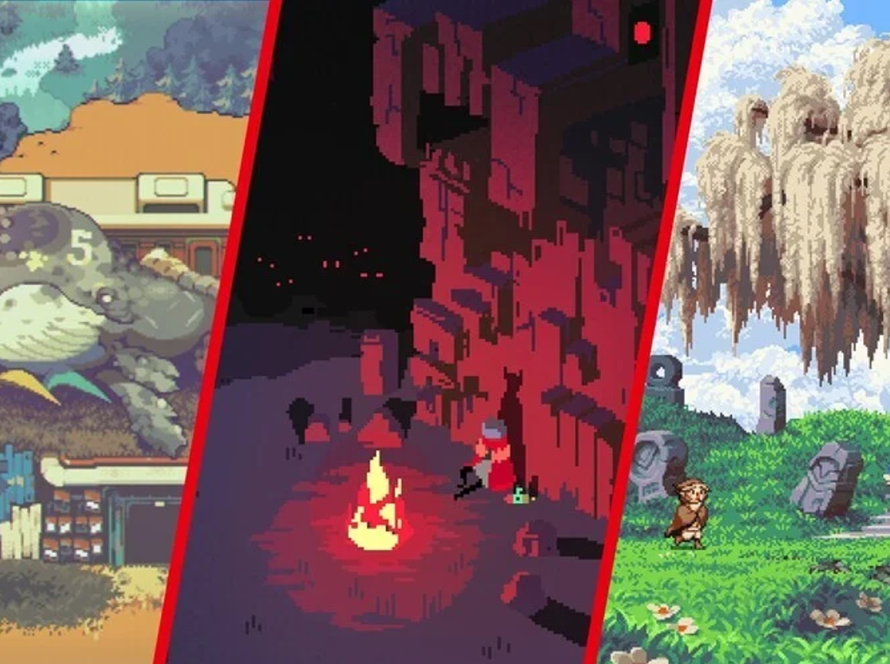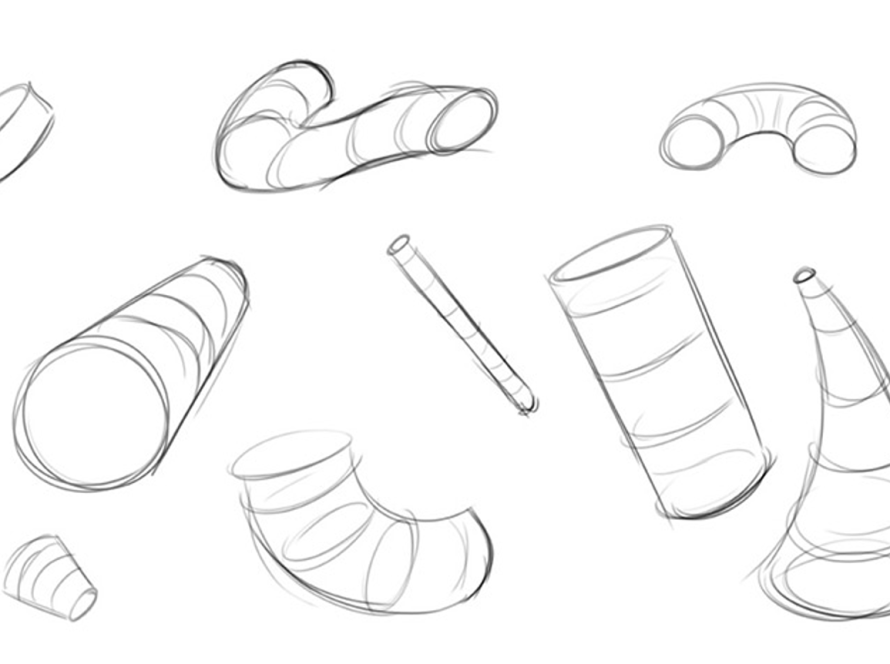The NFT (Non-Fungible Token) market has been booming in recent years, attracting attention from artists, collectors, and game developers alike. This article will help you understand “The rise of NFTs: Exploring the impact on digital art and collectibles”.
What are NFTs in 2D games?
Before delving into “The rise of NFTs in 2D games,” let’s first understand the concept. Essentially, NFTs in 2D games are unique digital assets created and stored on the blockchain. They can represent various types of in-game items in the 2D gaming environment, including:
- Characters: Examples include heroes, pets, and monsters.
- Items: Examples include weapons, armor, and consumable items.
- Landscapes: Examples include houses, land plots, and resources.
These NFTs can be traded and exchanged on various markets, including in-game trading systems or directly between players. Let’s explore some key characteristics of NFTs in 2D games:
- True Ownership: Players possess actual ownership of NFT items and have complete control over them.
- Earning Potential: Players can earn money by selling acquired NFTs or creating NFTs for sale.
- Enhanced Liquidity: NFTs can be easily traded on NFT markets, increasing liquidity for in-game items.
The rise of NFTs in 2D game
First, exploring the rise of NFTs to gain an overall perspective on this type of digital asset. From there, we will delve into the gaming market in general and the 2D game industry in particular.
In general, the development history of NFTs in the 2D gaming industry can be divided into significant stages as follows:
- Early NFT Stage (2014): Here, the seeds of NFTs began to emerge with initial NFT projects such as Colored Coins and Counterparty. Although in its infancy, these projects laid the groundwork for the later application of NFTs.
- First Application of NFTs in 2D Games (2017): CryptoKitties was introduced, creating a frenzy within the gaming community. The game allowed players to own, breed, and trade unique virtual cats in the form of NFTs. This was the first successful example of NFT application in 2D games, unlocking significant potential for creating unique items and characters in the 2D gaming world.
- NFTs Development in the Gaming Industry (2018-2020): NFTs gradually integrated into more 2D games, although there were still technical and accessibility limitations. Notable examples include the success of Gods Unchained, a card game using NFTs to represent cards, and Axie Infinity, a 2D pet battling game attracting many players.
- Explosion Stage in 2021: NFTs exploded dramatically, attracting global attention. The 2D gaming industry also witnessed a surge in the number of games using NFTs. Game developers began to apply NFTs to various aspects of the game, from items and characters to creating unique virtual worlds.
- Present: NFTs continue to evolve and are widely applied in 2D games. Game developers are exploring new ways to use NFTs to enhance the gaming experience and provide value to players.
In summary, the history of NFTs in the 2D gaming industry demonstrates rapid development and tremendous potential for this technology. NFTs promise to play a significant role in the future of the 2D gaming industry, bringing new and engaging gaming experiences to players.
The impact of NFTs on 2D digital art
Below is the impact of NFTs on 2D digital art, reshaping the landscape of artistic creativity, ownership rights and digital monetization.
Protecting copyrights for digital artworks
Firstly, NFTs provide a technological solution to verify and protect copyrights for 2D digital artworks. Each NFT represents a unique token on the blockchain, directly linking it to a specific 2D artwork. Through this, ownership of 2D digital artworks is transparently demonstrated and undeniable, representing a significant advancement in protecting authors’ works from the risk of unauthorized copying.
Targeting the global digital art market
Previously, the art market was often constrained by barriers such as geography and large capital investments. The rise of NFTs in 2D games have opened doors to a more accessible digital art market, where 2D game artists can directly showcase their works to audiences worldwide without intermediaries. Here, it not only helps artists increase revenue but also expands access and recognition opportunities.
Changing the pricing of game artists’ artworks
NFTs are also challenging and innovating the way 2D artworks are priced. In the past, the value of an artwork often depended on factors such as the artist’s reputation and the uniqueness of the piece. However, the rise of NFTs in 2D games introduces a new factor: the collectability of digital artwork. The value of an NFT depends not only on the art itself but also on the perception, collector community, and exclusivity of the artwork. This has created a much more diverse and complex market, where value is determined not only by beauty but also by uniqueness and the emotions that the 2D artwork evokes.
Freedom to create and experiment with 2D digital art:
The digital nature of NFTs provides 2D digital artists with great freedom and creative experimentation. Artists can explore creative techniques, experiment with different styles and push the boundaries of traditional art forms without being constrained by physical means.
The impact of NFTs on collectibles
Here are the primary impacts of NFTs on collectibles. Generally, the trend of collecting is expected to change. In fact, collecting is increasingly associated with investment for the future.
Increasing the value of collectibles
The rise of NFTs in 2D games has led to collectible items holding real value as assets beyond the confines of the game itself. For example, an “Genesis” Axie “Mystic” in the game Axie Infinity can have a collectible value of up to 300 ETH (approximately $900,000 USD). As such, these rare collectible items can indeed appreciate in value over time. Clearly, the growth potential in the value of items in 2D games will attract collectors and investors, creating a more dynamic market for collectibles than ever before.
Building and fostering collectible communities
Shared ownership of rare or valuable NFTs can spark conversations, collaborations and friendly competition among collectors. Players can showcase their collections, engage in discussions about the artwork, and share the lore behind NFTs. All of these enhance interactive and engaging experiences, encouraging collectors to connect and build relationships within the gaming community.
Future prospects of collecting
Clearly, the potential benefits of NFTs for the future of collecting cannot be denied. As technology matures and environmental concerns are addressed, NFTs have the capability to revolutionize the collecting landscape, creating a safer, more transparent, and engaging experience for collectors of all types.
In Conclusion
Here we can see that the rise of NFTs in 2D games marks a turning point for both 2D digital art and collecting. This newfound value opens up opportunities for 2D digital artists, 2D game developers, and collectors alike to engage in exciting investment opportunities and deeper connections with the art they love. It also underscores the undeniable potential of NFTs in 2D gaming, despite challenges such as market volatility and environmental impacts.




